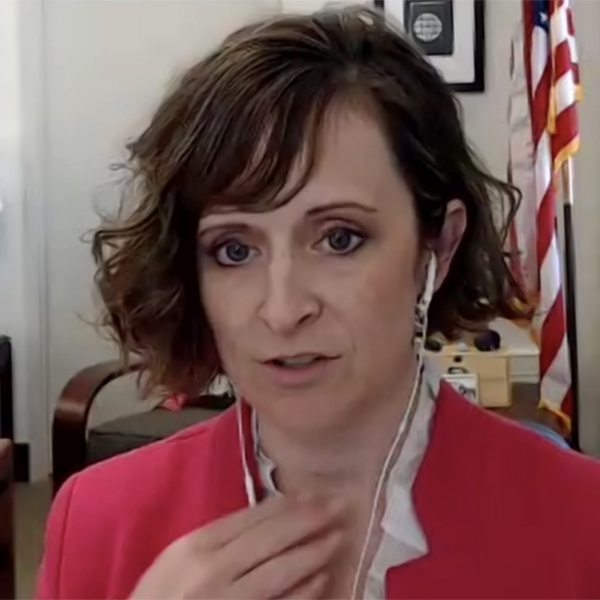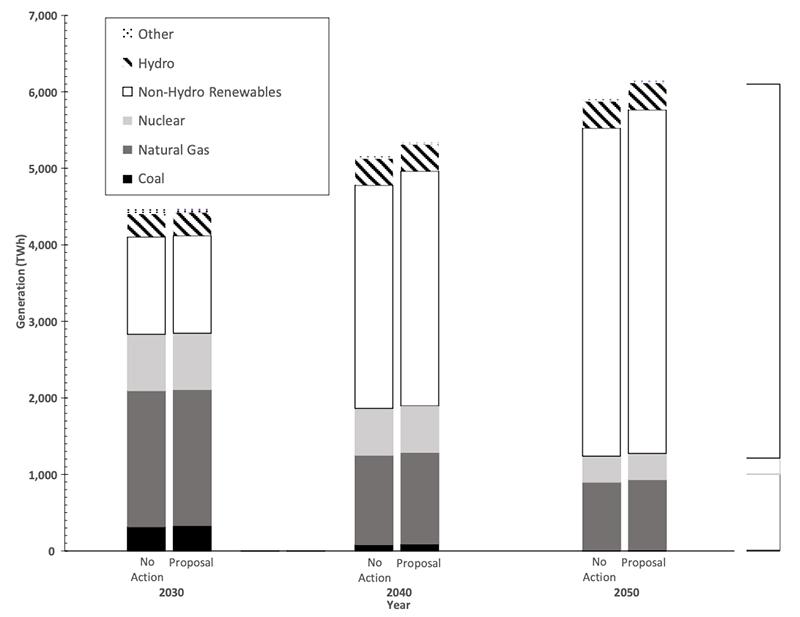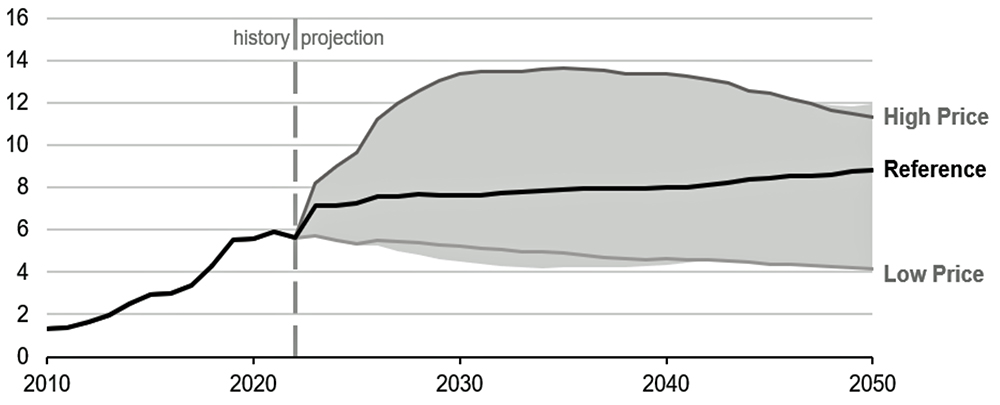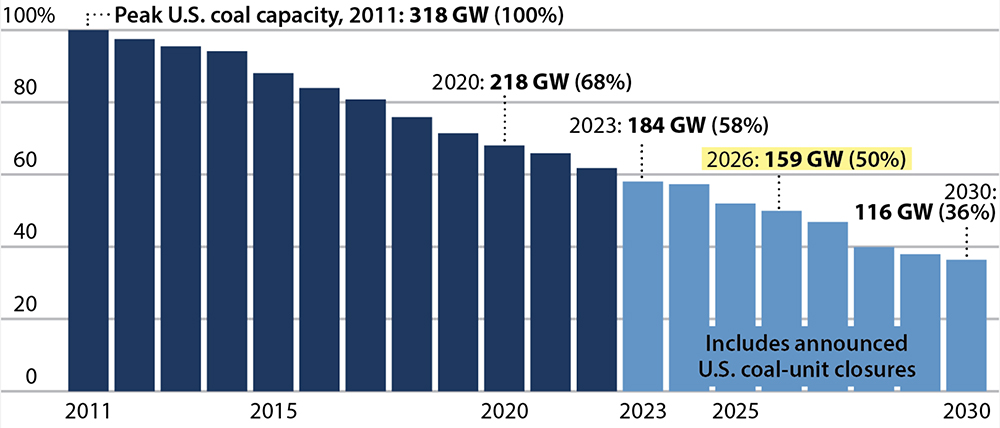VALLEY FORGE, Pa. — PJM has assessed more than $1.8 billion in performance penalties on generators that underperformed during the December 2022 winter storm, the RTO told the Market Implementation Committee on Wednesday.
The penalties are being levied against 187 members through PJM’s Capacity Performance (CP) system, which charges generators that underperform during performance assessment intervals (PAIs) and allocates those funds to generators that overperformed. (See PJM Weighs Options for Winter Storm Elliott Follow-up.)
A significant share of companies assessed with nonperformance charges during the storm, also known as Winter Storm Elliott, are also receiving bonuses, leaving a net total of $1,296,628,015 in penalties allocated among 116 members whose penalties outweigh their bonuses. PJM Director of Market Settlements Initiatives Lisa Morelli told the MIC that 260 members are set to receive bonuses, 182 of whom will be receiving payments that outweigh any penalties they’ve been assessed.
The net figures assume that every generator pays their penalties, but two companies have already filed for bankruptcy because of their inability to pay: Lincoln Power and Heritage Power Marketing. PJM is holding back 25% of monthly bonus payments to account for the possibility of nonpayment; any penalty payments made above that in a given month will be trued-up in the following payment. (See “Lincoln Power Declares Bankruptcy Because of Penalties,” Complaints to FERC over PJM Performance Penalties Multiply.)
FERC Approves Alternative Billing Schedule
About 70% of members facing nonperformance charges have elected to make their payments under the standard three-month billing schedule. The remaining companies — which account for the bulk of the gross penalties — have elected for a longer nine-month payment period approved by FERC last week.
In an April 7 order, the commission said that allowing the payments to be spread out could reduce the number of defaults as a result of the penalties. The approval, effective April 4, was conditioned on PJM making a compliance filing within 30 days aligning the proposed tariff revisions to reflect language in the filing stating that when extensions in the billing period are approved by PJM, the longer period will be applied to all resources — rather than being granted on a unit-specific basis (ER23-1038).
The filing allows those saddled with penalties stemming from Elliott to opt for a nine-month alternative, with the tradeoff of being subject to interest charges. For future PAIs, the proposal allows PJM to spread all payments over nine months, with no interest, when an emergency event occurs near the end of the delivery year, resulting in a shortened billing schedule. Under the status quo rules, nonperformance charges must be paid by the end of the relevant delivery year.
“Allowing members to pay their nonperformance charges over nine months instead of three should reduce the immediate risk of defaults, especially given that the tariff requires members to pay their monthly bills within one week and the first bill will be invoiced on April 7,” the commission said. “Although overperformers during Winter Storm Elliott may have their bonus payments delayed, we find reasonable PJM’s assessment that the transitional rule will maximize the total bonus pool by reducing the probability of defaults.”
In comments supporting the proposal, the PJM Power Providers said that extending the payment period nine months will allow generators that incur charges over the winter to make payments through the summer, allowing those that run more frequently in those months to earn revenue to put toward the penalties.
Invenergy protested that imposing interest on nonperformance charges for generators that choose the longer payment period for penalties stemming from Elliott is unreasonable and goes against the purpose of the filing: to reduce the risk of defaults and therefore maximize bonus payments.
The commission pointed to PJM’s argument that interest is necessary to balance the settled expectations of generators that based their operations on the tariff language in place at the time of the storm.
Commission OKs New Bankruptcy Provisions
FERC also approved two PJM filings modifying its provisions for market participant bankruptcies, providing flexibility to allow members to continue operating in the markets while in default and requiring members filing for bankruptcy to clarify the RTO’s rights in a first-day motion (ER23-1058, ER23-892).
PJM’s proposal to allow continued market participation for members in default is limited to a handful of circumstances: when that participation supports reliability; the member is a net market seller; the market participant has demonstrated the ability to post collateral; and when participation cannot be terminated without regulatory approval. (See “Deficiency Notice Interrupts Timeline on CP Penalty Payments,” PJM MRC/MC Briefs: March. 22, 2023.)
PJM argued that the proposal would allow it to maintain resource adequacy and generators with characteristics required by the grid, such as black start, while providing generators an opportunity to pay any obligations while earning revenue.
In an April 7 order approving the RTO’s filing, the commission agreed that it could “minimize relative risk to the PJM markets and provide PJM an opportunity to recover funds on behalf of the PJM membership.”
In response to comments on the filing, PJM committed to notifying the Risk Management Committee when these provisions are exercised and codifying that practice in the Credit Overview supplement. The RTO also stated it would work with the Independent Market Monitor and stakeholders to consider additional clarifications and changes.





